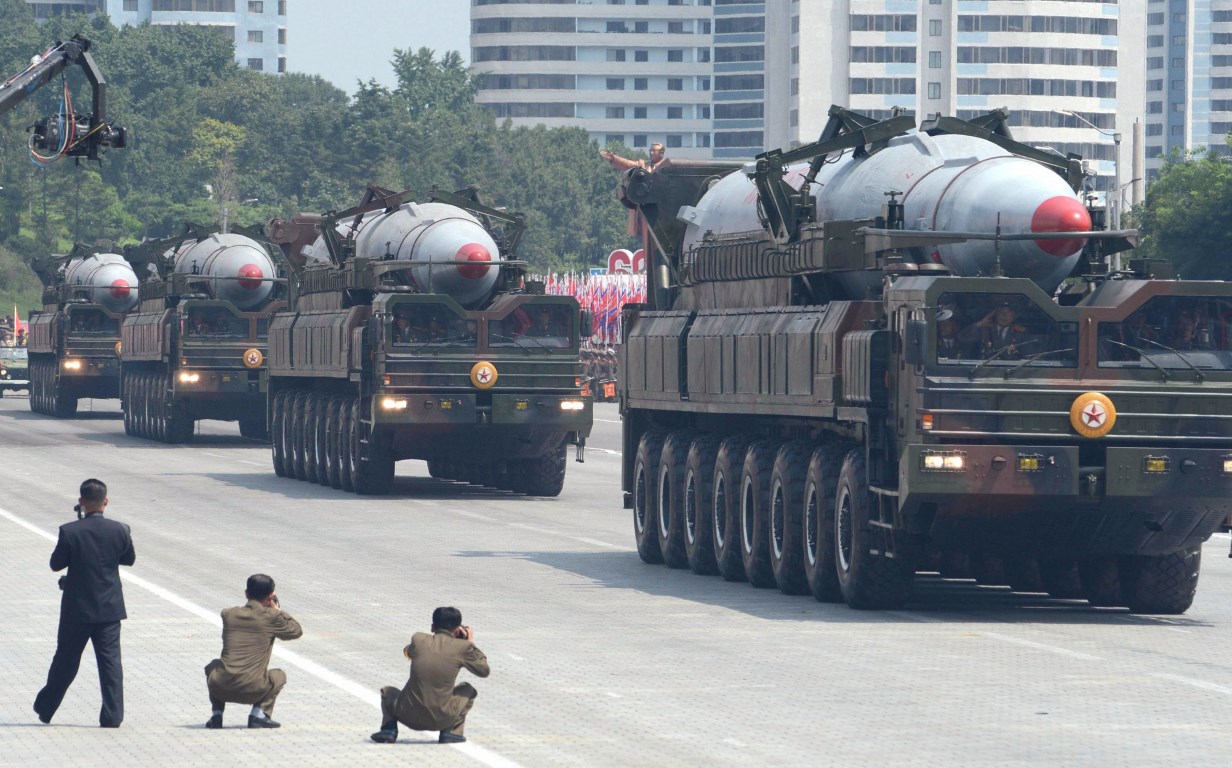North Korea fires missiles
March 7, 2017 | Expert Insights

What are they signaling?
On Monday, 6th March, 2017 North Korea fired four ballistic missiles into the Sea of Japan. They were fired from Tongchang-ri region, adjacent to the China border. The missiles travelled approximately 1,000 km and attained a height of 260 Km. Three missiles fell into Japan’s exclusive economic zone (EEZ), within 200 nautical miles of its coast, and one just outside of the zone.
Why Were the Missiles Fired?
On Friday, 3rd March, 2017 Pyongyang threatened “merciless nuclear counter-action” in retaliation to joint military exercises between South Korea and the US. The exercises, called Foal Eagle, commenced on 1st March, 2017 and will culminate in April. In 2016, they constituted the participation of 17,000 American and 300,000 South Korean troops. North Korea perceives these yearly exercises as a preparation to invade its territory. In 2016 it fired seven ballistic missiles, during the exercises. North Korea is developing intercontinental ballistic missiles (ICBM) capable of a range of 7,200-8000 Km. In 2016, it conducted 20 missiles launches and two nuclear tests. US plans to deploy, in South Korea the Terminal High Altitude Area Defence (THAAD) anti-missile defence system, by end 2017. This could be the immediate provocation, for Monday’s firing.
What are China’s Concerns?
The large number of missiles tested in 2016 indicates a ramping up of efforts by North Korea to develop nuclear capable weapons. Evidence also suggests North Korea is steadily improving capabilities. Since 2013, North Korea is under UN sanctions for conducting an underground nuclear explosion. This does not deterred the country from undertaking repeated missile tests.
On 19 Feb 17, after President Trump took office, China stopped importing coal from North Korea, in light of its missile tests. In recent months China, North Korea’s long-time ally, has shown greater impatience with North Koreas missile and nuclear belligerence. The loss of the lucrative coal contract, will deprive North Korea of US$ 1B, in scarce cash inflow. However, China shares North Korea’s concern with the deployment of the US THAAD, in South Korea.
Assessment
The North Korean missile tests convey multiple messages; protest against the US-South Korea exercise and the deployment of the US THAAD, on the Korean Peninsula. It is also a show of strength to new incumbents; US President and interim President of South Korea. Economic sanctions, cause anguish and hardship to ordinary people in North Korea; it is unlikely to have much impact on the authoritarian regime. Perhaps, it is time for a new approach.








Comments